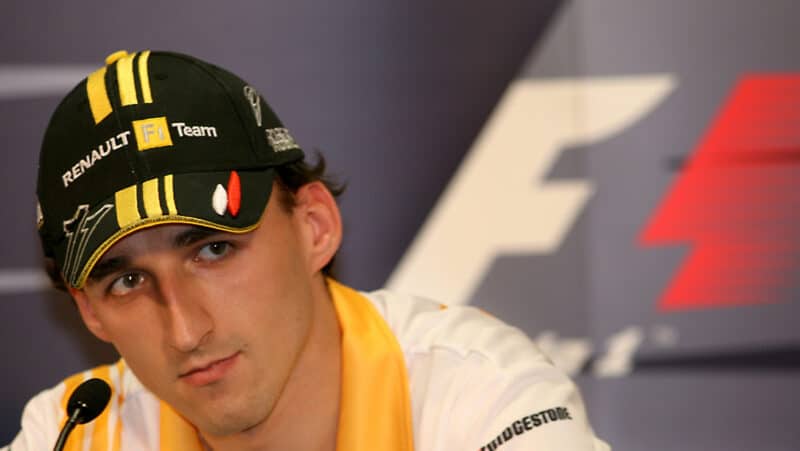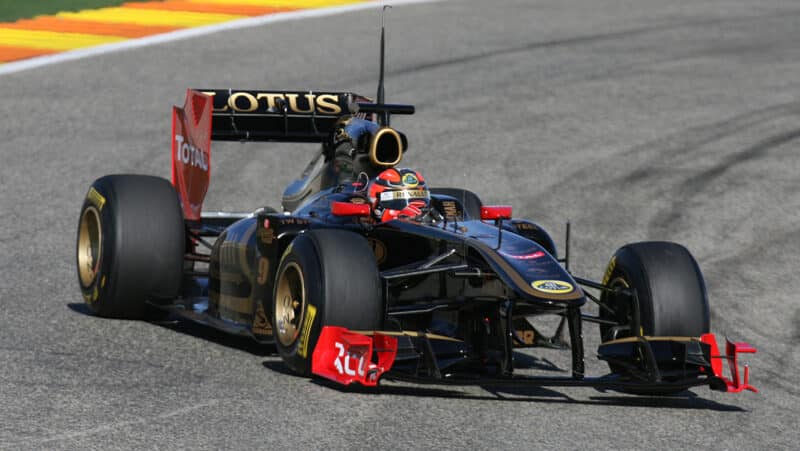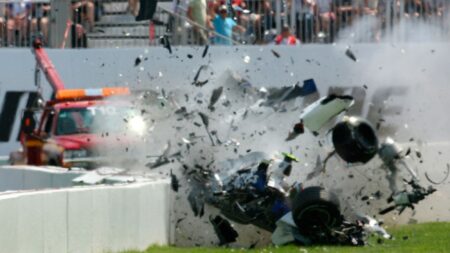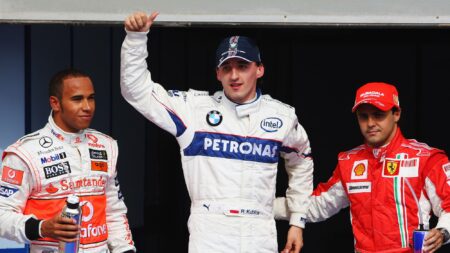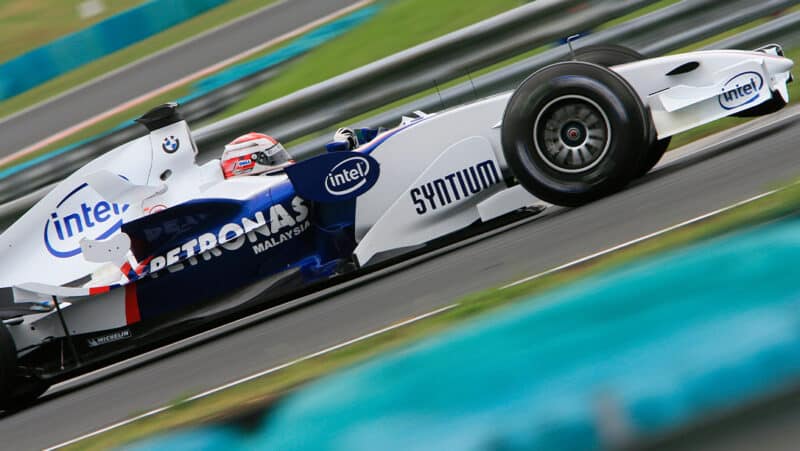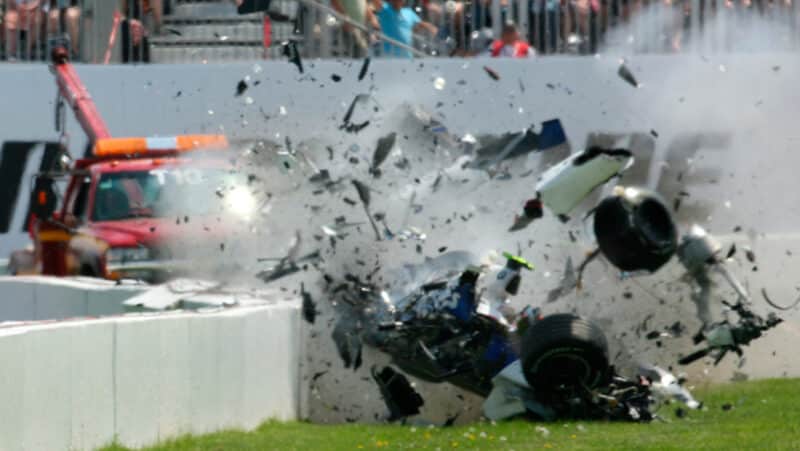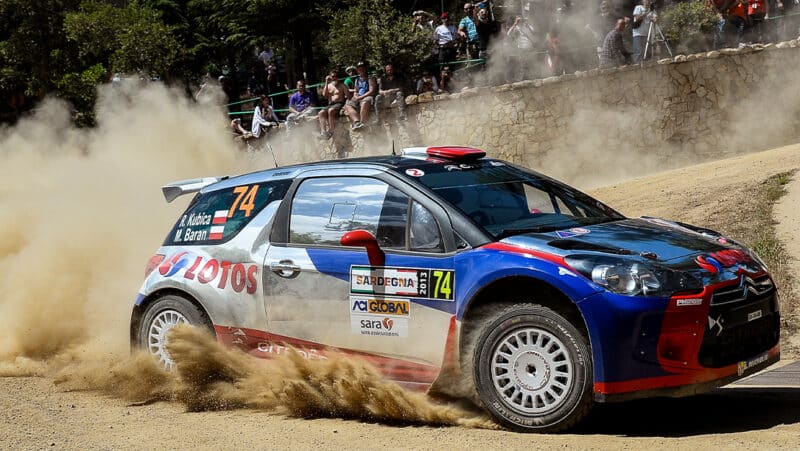Had Kubica not decided – for pure pleasure – to take in that minor rally, where would he be now, I wonder? In 2010 he made the podium three times with a team very much in a transitional state, and Lotus (née Renault), even without a top line budget, has progressed spectacularly in the recent past. Would Robert still be there, I wonder – and if so, what would have happened to Kimi Rӓikkӧnen? With Kubica still on board, after all, Lotus would have had neither the need – nor the budget – to sign another top line driver, and Rӓikkӧnen, given that he wanted to come back to F1 after two fruitless years in the WRC, would perhaps have signed for Williams, from whom his first offer came.
Had another scenario come to be, however, Kimi might still have had an offer from Lotus, for around the time of Kubica’s accident the rumours were strong that Ferrari was keen to sign him, to have him alongside Alonso, in place of Felipe Massa. Fernando himself had no objections to the plan – indeed was reportedly enthusiastic about it – and it’s mighty unlikely that Robert would have turned down the offer.
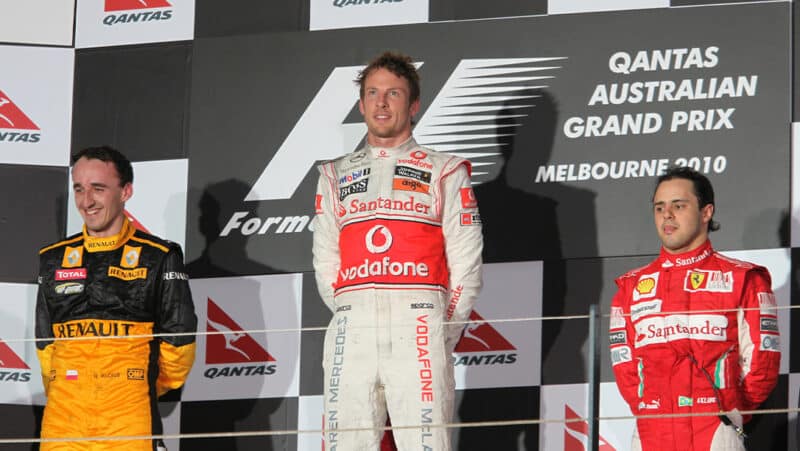
Melbourne was one of three podium finishes in 2010, with Ferrari considering Kubica to replace Massa
Grand Prix Photo
Apart from being friends – Alonso lost no time in going to see Kubica in hospital after the accident – they are in many ways similar, these two. I once asked Robert what he considered the best perk of his job, and his response was immediate: “Driving…” Fernando is very much the same, declining to travel with a huge entourage, fundamentally left cold by ‘bling’.
Just as people say that Alonso is obsessive about the job, thinking constantly about improving the car, improving himself, chivvying the engineers, working, so the same was true of Kubica. “Yes, Robert pushed the team hard,” says Eric Boullier, “because he so much wanted to win. When a driver is totally committed to a team, everyone feels that – and that’s when you get the best out of people.”
Kubica is a fighter, and that was a quality he needed even to break into big time motor sport. I remember his response when I asked how much support, in his quest to be a racing driver, he had received from Poland, his native land: “None at all…
“I know it sounds a bit hard to say that, but that’s more or less how it was. On the other hand, I’m sure that some of the difficult times I had in the past made me stronger – as a driver and as a person. One thing I absolutely believe is that there are always positive things about a situation which seems negative.” A philosophy which may again serve him well.
